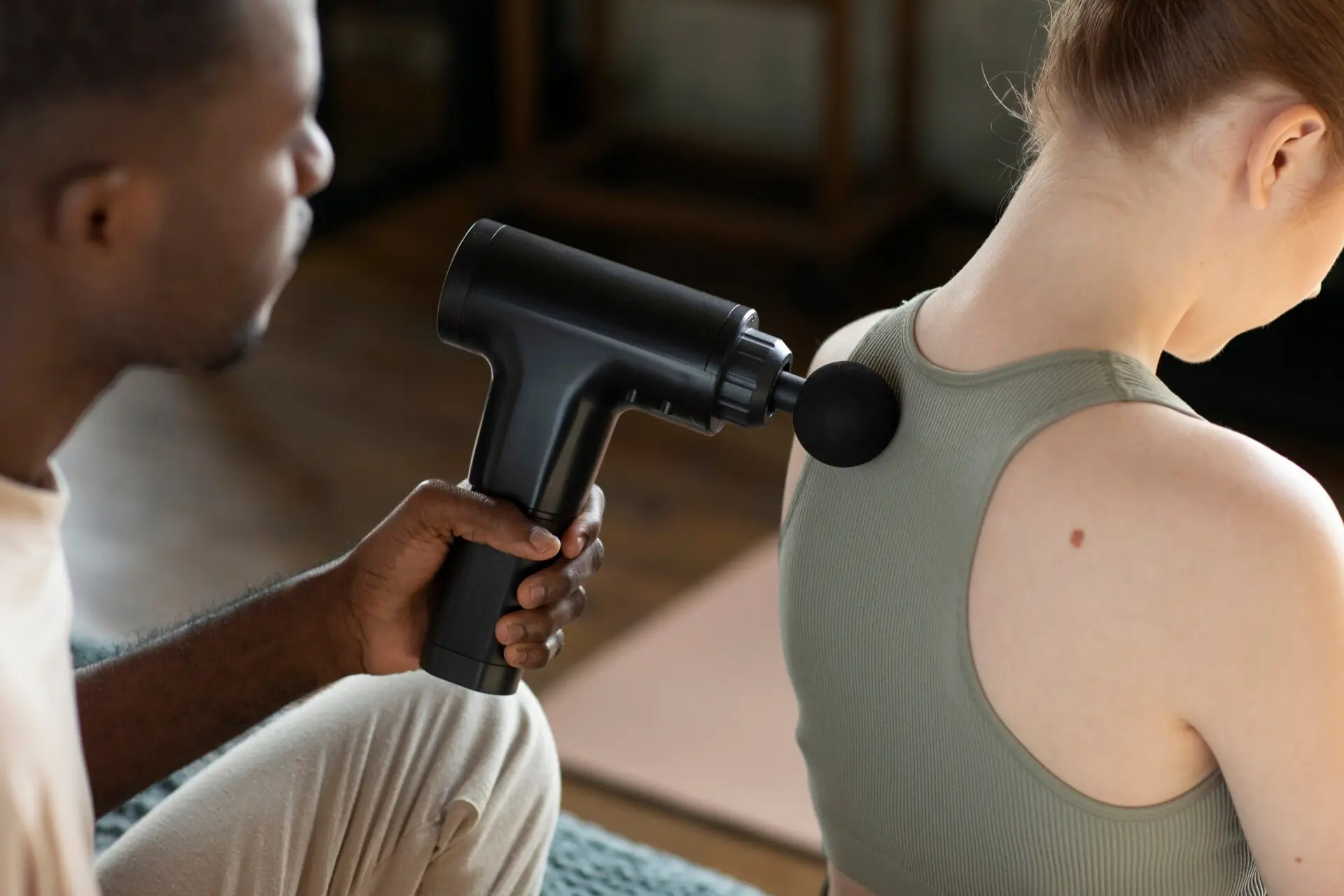What Is Arousal?
Arousal is a fundamental physiological and psychological state that influences our ability to perform tasks, respond to challenges, and manage stress. It encompasses a range of activation levels in the body and mind, from calm and relaxed states to heightened alertness and excitement. When properly managed, arousal can be a powerful tool to improve focus, productivity, and overall well-being.
Arousal refers to the activation of the central nervous system (CNS), the autonomic nervous system (ANS), and endocrine responses. It is a spectrum, ranging from low arousal states such as drowsiness or relaxation to high arousal states like heightened alertness or stress. This activation is regulated by the reticular activating system (RAS) in the brainstem, which controls wakefulness and attention.
The Yerkes-Dodson Law illustrates the relationship between arousal and performance. According to this principle, moderate levels of arousal can enhance performance, while too little or too much arousal can hinder it. The ideal level of arousal depends on the task at hand—complex or unfamiliar tasks often require lower arousal for optimal focus, while simpler or familiar tasks may benefit from higher arousal (1).
The Role of Arousal in Daily Life
Arousal affects various aspects of life, including:
- Cognitive Function: Arousal levels influence attention, memory, and problem-solving. Too low, and one might struggle with concentration; too high, and anxiety can interfere with cognitive processes.
- Physical Performance: In sports or physical activities, optimal arousal improves reaction times, coordination, and endurance.
- Emotional Regulation: Arousal impacts emotional responses. Low arousal states promote relaxation and calm, while high arousal states are associated with excitement or stress.
- Pain Perception: High arousal can amplify pain sensitivity, while controlled arousal through relaxation techniques can help manage discomfort.
How to Harness Arousal for Your Benefit
Understanding and managing arousal levels can improve performance and well-being. Here are strategies to optimize arousal:
1. Mindfulness and Relaxation Techniques for Lowering Arousal
For situations where high arousal becomes counterproductive—such as during stressful events—techniques like mindfulness, deep breathing, and meditation help shift the body into a relaxed state. These practices activate the parasympathetic nervous system, reducing heart rate and cortisol levels, promoting calmness (2).
2. Physical Activity to Regulate Arousal
Exercise is a powerful tool for modulating arousal. Moderate-intensity aerobic exercise can help lower excessive arousal by releasing endorphins and reducing stress hormones. Conversely, a quick burst of high-intensity activity can elevate arousal levels, boosting energy and focus when feeling sluggish (3).
3. Cold Exposure for Alertness
Cold exposure, such as a cold shower or ice bath, can rapidly increase arousal by stimulating the sympathetic nervous system. This practice is widely used in sports and productivity hacks to enhance alertness and concentration (4).
4. Music and Sound Therapy
Music can modulate arousal levels effectively. Upbeat or rhythmic music can elevate arousal and motivation, while slower, calming music can help reduce stress and promote relaxation. Sound therapy techniques, such as binaural beats, are particularly effective for fine-tuning arousal to achieve desired mental states (5).
5. Cognitive Techniques for Arousal Control
Cognitive reframing and visualization techniques can help manage arousal. Visualizing success or rehearsing a performance mentally can lower anxiety-induced arousal and boost confidence. Similarly, setting clear, achievable goals can direct arousal towards productive outcomes rather than overwhelming stress (6).
Using Arousal for Personal Growth and Well-being
Arousal is not inherently good or bad; it’s about finding the right balance for the task at hand. By understanding your unique arousal patterns, you can leverage them to enhance:
- Work Performance: Optimize arousal to improve focus and productivity during demanding tasks.
- Physical Fitness: Use arousal to push through challenging workouts or competitions.
- Emotional Resilience: Manage stress and anxiety by adopting techniques to regulate arousal levels.
- Creativity and Innovation: Moderate arousal fosters the mental flexibility required for creative thinking.
At Angel Touch, we incorporate arousal management into our wellness programs. Whether through relaxing massage therapies, invigorating sound healing sessions, or guided mindfulness practices, we help clients achieve their optimal arousal levels for both physical and mental health.
Conclusion
Arousal is a powerful force that, when understood and managed, can be harnessed to improve performance, enhance well-being, and promote resilience. By learning to modulate your arousal levels, you can take control of your mental and physical states, turning challenges into opportunities for growth and success.
References
Yerkes, R. M., & Dodson, J. D. (1908). The relation of strength of stimulus to rapidity of habit-formation. Journal of Comparative Neurology and Psychology, 18(5), 459-482.
Tang, Y.-Y., Hölzel, B. K., & Posner, M. I. (2015). The neuroscience of mindfulness meditation. Nature Reviews Neuroscience, 16(4), 213-225.
Salmon, P. (2001). Effects of physical exercise on anxiety, depression, and sensitivity to stress: A unifying theory. Clinical Psychology Review, 21(1), 33-61.
Dugue, B., & Leppänen, E. (2000). Adaptation to cold water immersion: Thermal and hormonal considerations. European Journal of Applied Physiology, 83(6), 566-573.
Chanda, M. L., & Levitin, D. J. (2013). The neurochemistry of music. Trends in Cognitive Sciences, 17(4), 179-193.
Taylor, S. E., & Pham, L. B. (1996). Why thinking about goals and plans enhances goal achievement. Psychological Bulletin, 120(1), 142-150.




